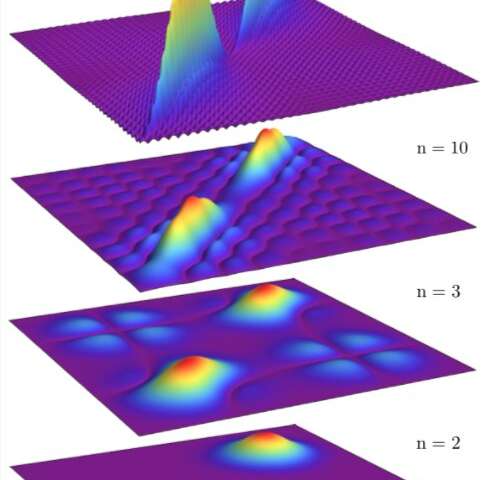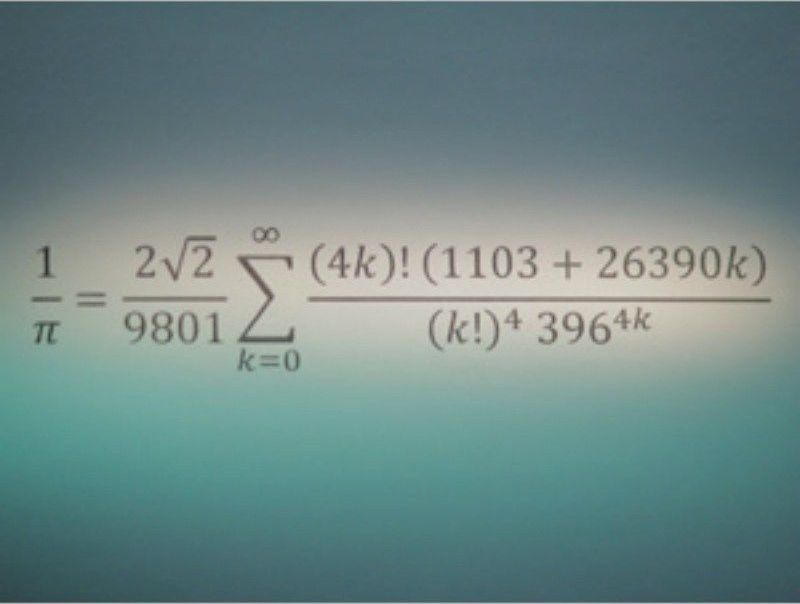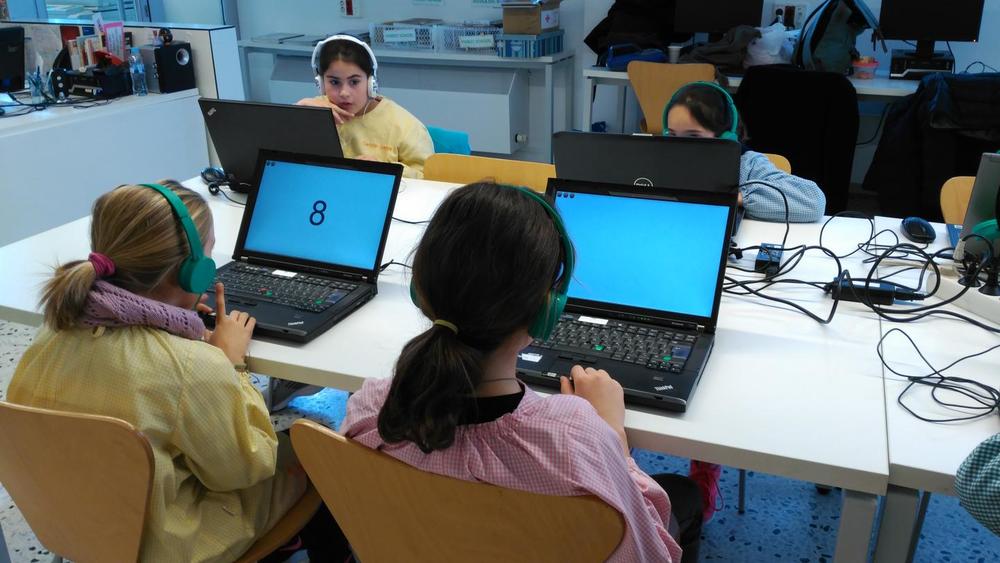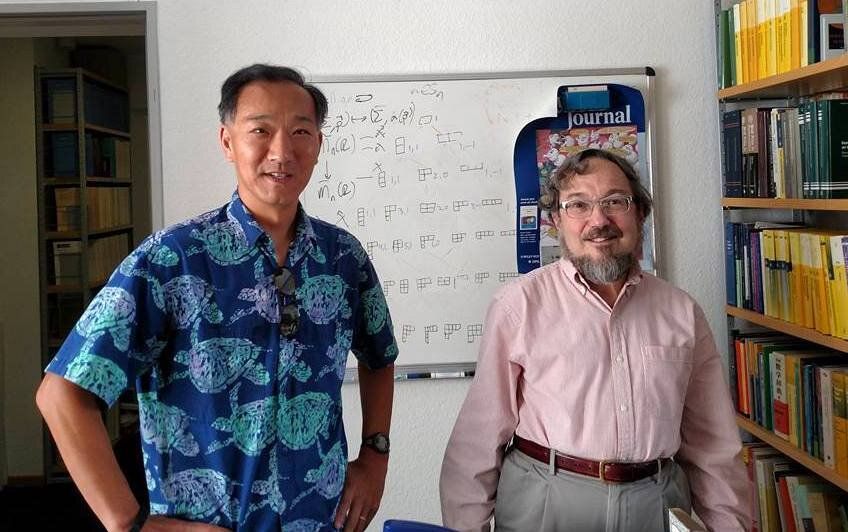In quantum electrodynamics, the choice of gauge (i.e. specific mathematical formalism used to regulate degrees of freedom) can greatly influence the form of light-matter interactions. Interestingly, however, the “gauge invariance” principle implies that all physical results should be independent from a researcher’s choice of gauge. The quantum Rabi model, which is often used to describe light-matter interactions in cavity-QED, has been found to violate this principle in the presence of ultrastrong light-matter coupling, and past studies have attributed this failure to the finite-level truncation of the matter system.
A team of researchers at RIKEN (Japan), Università di Messina (Italy) and the University of Michigan (U.S.) have recently carried out a study investigating this topic further. In their paper, published in Nature Physics, they identified the source of this gauge violation and provided a method to derive light-matter Hamiltonians in truncated Hilbert spaces, which can produce gauge-invariant physical results even in extreme light-matter interaction regimes.
“Ultrastrong coupling between light and matter has, in the past decade, transitioned from a theoretical idea to an experimental reality,” Salvatore Savasta, one of the researchers who carried out the study, told Phys.org. “It is a new regime of quantum light-matter interaction, which goes beyond weak and strong coupling to make the coupling strength comparable to the transition frequencies in the system. These regimes, besides enabling intriguing new physical effects, as well as many potential applications, represents an opportunity to deepen our understanding subtle aspects of the interaction of light and matter.”







